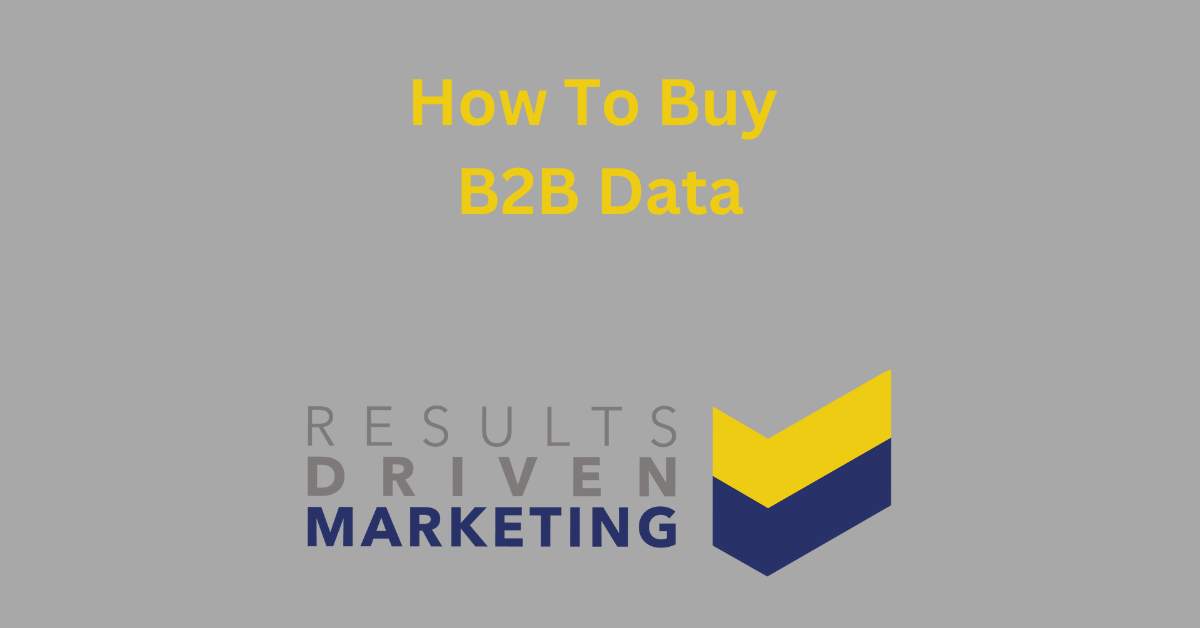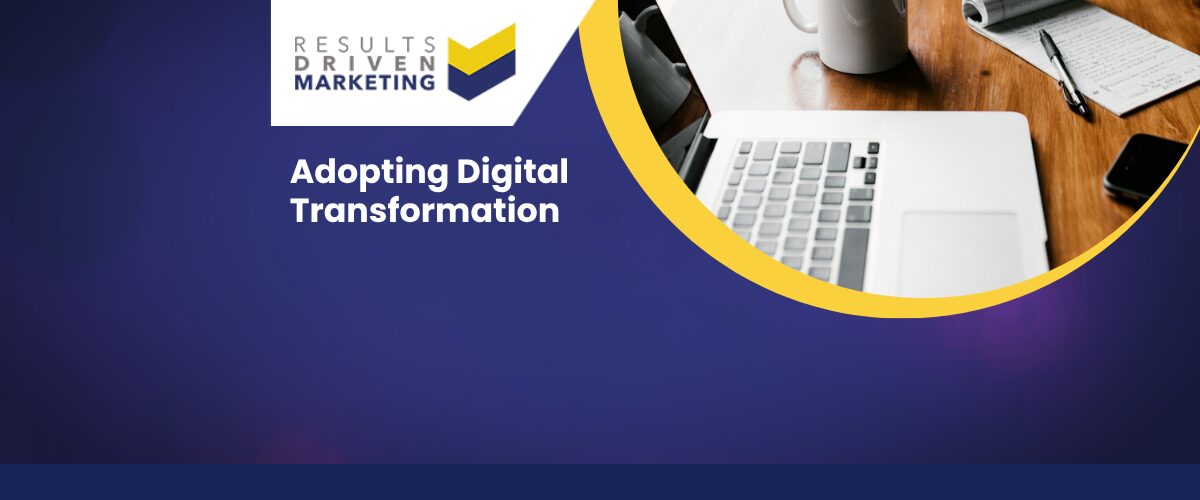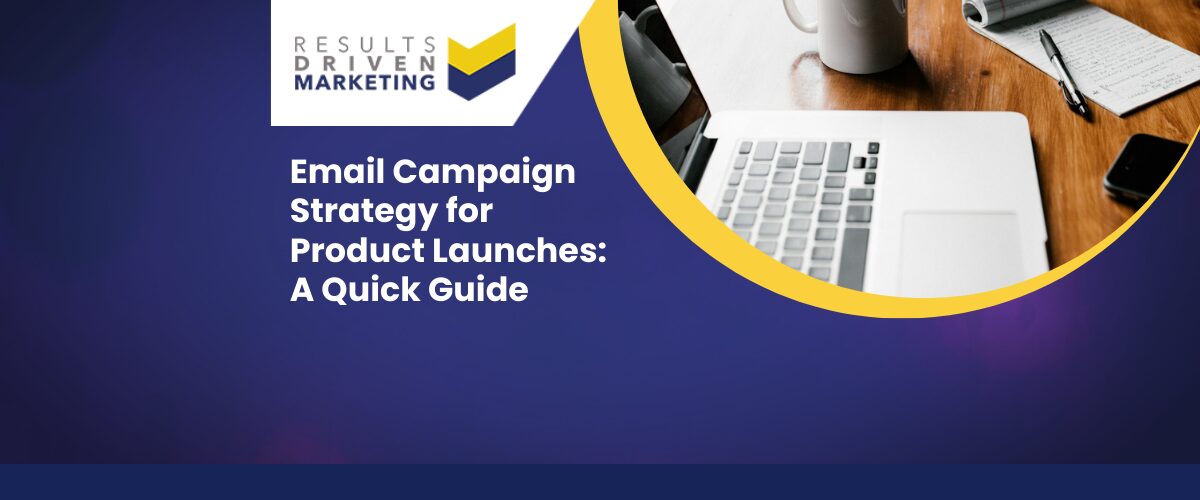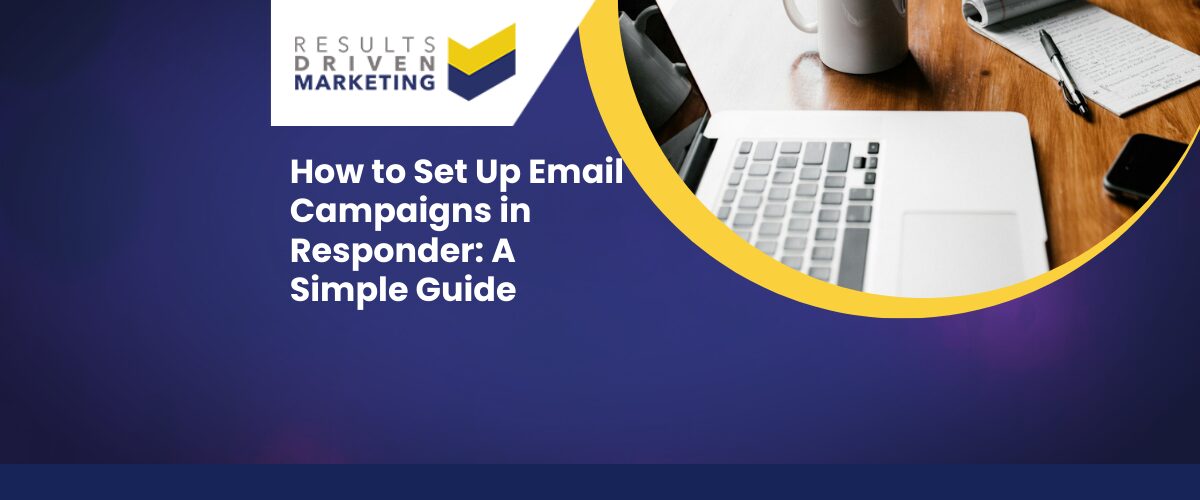
How To Buy B2B Data | The Ultimate Guide
As businesses continue to evolve their strategies and reach out to new audiences, perfecting how to buy b2b data is an important part of that process.
B2B data is essential in order to craft successful marketing, sales and growth strategies in the business-to-business world.
But how do you buy the right b2b data?
In this article, we will explore the fundamentals of buying b2b data and provide useful tips to help you make the right purchase decisions.
Table of contents:
How To Buy B2B Data? – The Advantages of Buying B2B Data
Targeted Leads
Purchasing B2B data allows companies to target high-quality leads who are interested in a certain product or service.
This eliminates the need to blindly send emails, cold calls, and mail shots to potential buyers.
Cost Efficiency
B2B data is much more cost-effective than traditional manual lead generation methods, as it allows companies to focus their efforts on a single niche audience.
Time-Saving
As data can be quickly and easily obtained, companies can save time and resources by purchasing large quantities of data.
This makes it easy to target more potential customers in less time.
Increased Conversion Rate
With accurate data, companies are able to create more personalised campaigns, which can help boost conversion rates.
Insightful Analysis
Purchasing and segmenting large amounts of data can provide insights into customer trends, demographics, behaviours, and other useful information, allowing companies to adjust their strategies to better meet their needs.
Increased Accuracy
With more accurate data, companies can accurately target leads who are interested in their product or service and eliminate the possibility of sending unsolicited emails.
How To Buy B2B Data – What information can bought databases include?
Business Contact Information
Includes contact info of key decision makers at a range of companies, such as name, job title, email address, contact phone and physical address.
Company Profiles
Comprehensive and detailed profiles of companies that include revenue, employee size, contact info, industry segment, technology solutions and more.
Demographics and Firmographics
Includes demographic and firmographic data such as business size, geography, industry rankings and more.
Market Research Reports
Reports that provide invaluable insights into target markets.
Generally, these are customised reports that provide data for specific types of businesses.
Business News
Compiled from a range of industry sources, this data can provide insight into industry trends and performance.
Financial Data
Includes information about a company’s financial performance and stock level such as revenue, assets, market cap and more.
How to choose the right b2b data for your needs?
Determine the Types of Data Needed
Identify the type of data that is necessary to achieve your business goals.
This includes the format of data (e.g. structured or unstructured) and whether it contains customer or business intelligence, or if it’s more of a market research type.
Know What Type of B2B Contact Data Sources Are Available
Do a search online to find out what types of B2B data sources are available and how you can access them.
There are a variety of databases, research companies and associations that offer specific data for purchase.
Check If the B2B Contact Data Is Up-to-Date and Accurate
Check the source of the data and make sure it is up-to-date and accurate. Also make sure it is reliable and has undergone proper validation.
Make Sure the B2B Contact Data Meets Your Requirements
Make sure that the data meets your business requirements and is in the
right format and structure. For example, if you are looking for customer data, make sure it contains the right details such as name, address, phone number, etc.
Test the B2B Contact Data Before Use
Test the B2B data before you start using it or make any investments in it.
The testing process should include checking for accuracy, relevancy and completeness.
Decide on the Method of B2B Contact Data Delivery
B2B data sources can be accessed through traditional methods such as posting and faxing or through digital channels such as APIs and web services.
Determine which method is best suited to you and your business.
Secure the B2B Contact Data
Secure the data you have collected by using appropriate firewall, anti-virus and encryption measures.
Additionally, ensure that only authorised personnel have access to the data.
How to Buy Data? The Data Selection Process Using A Data Supplier
Results Driven Marketing take you through a proven 7-step selection process to ensure we only supply data that matches your marketing needs, exactly.
1. Geography
We understand that not all clients work UK wide and will filter our b2b data by geographical locations to meet their specific needs.
Searching for b2b data geographically is an obvious place for us to start a count.
Once we have the required area you are looking for b2b data in, we can start to narrow it down further from there.
Search by County
County searches are popular with companies that work regionally.
They know where they operate and will simply ask for a b2b data count of companies in those counties.
It is incredibly easy for us to do and have included a list of counties below for you to select from.
Search by Postcode
Searching for b2b data by postcode is really useful for franchised businesses that have a set territory to work within or companies that are part of specific networks.
We have also supplied postcode specific b2b data to companies that have sales individuals working specific postcode areas.
In these instances, we can run counts based on several criteria and provide breakdowns for how many records are available each sales person.
Here is a full list of post codes you can choose from.
Search by Radius of Postcode
Radius searches for b2b data are, in our opinion under used.
In most instances where companies operate regionally, but are not restricted by only working in certain postcodes or counties, radius searches work really well.
We can take your postcode and draw out a certain radius from there.
We can then supply a count on all the records we hold for businesses within that area.
2. Industry Sectors
Our data covers over 2,000 sectors that you can select from. Use Lines of Business (LOB’s) or Standard Industry Classifications (SIC’s) to ensure we only supply information for your specific sectors of interest.
Many suppliers are completely reliant on Standard Industry Classification (SIC) codes.
A lot of you reading this will understand that these are a code that you select when registering your company with companies house.
You choose the code that most closely matches the products or services you provide.
There are problems with basing your marketing campaigns on these classifications though.
Firstly, they are not designed for marketing purposes and secondly, can bare very little reference to the companies listed in them.
To overcome this challenge and allow our clients to target their audiences much more closely, our database includes Lines of Business (LOB’s).
These breakdown SIC codes which means that you can select exactly what you are looking for, rather than making educated guesses.
3. Size of Organisation
Quite often, clients want to target concerns of a certain size.
The best way to segment our b2b data in this way is by looking at the number of employees a company employs or the amount they turnover.
Number of employee counts can be done either by number on site or nationally.
Having the option to run counts both nationally and by site has various benefits.
For example:
You may be a training provider that would look to work with companies employing 100 people or more across multiple sites.
Were you to just look at number of employees on site, you would miss out on potential clients.
Alternatively, you may a supplier of renewable energy solutions who is looking for large sites using large amounts of energy.
Running a number of employees nationally count, may turn up companies that employ 100 people or more but they might be spread across 8 sites, none of which are particularly large.
You can also gauge the size of businesses on our database by the amount that they turnover.
All businesses are classified in turnover bands:
- A: <£50K
- B: £50K – £100K
- C: £100K – £250K
- D: £250K – £500K
- E: £500K – £1M
- F: £1M – £5M
- G: £5M – £10M
- H: £10M – £20M
- I: £20M – £50M
- J: £50M +
4. Other Business Criteria
Premises Type Selection
Choose one or a combination of any of the following:
- Single Site
- Head Office
- Business at Home
- Factories and Manufacturing
- Hospitals and Medical
- Office and Administration
- Places of Worship
- Police, Fire, Ambulance, Courts
- Sports, Leisure, Entertainment
- Transport
- Warehouses and Wholesale
- Workshops and Repair Centres
Legal Entity Selection
- Limited Liability Partnerships
- Private Limited Companies
- Public Limited Companies
Number of Branches Selection
Clients regularly look to target multi-site businesses.
Our selection process allows you to select the specific number of branches you would like your targets to operate.
Financial Selection
- Profit/Loss
- Profit change
- Net worth
- Sales increase/decrease
5. Suppressions
Worried that purchasing new data will only duplicate information you already hold?
Prior to any purchase, we can suppress your existing database against ours to ensure you are only purchasing fresh information.
All we need from you is a list of company names and postcodes or a list of email addresses you would like us to suppress counts against.
6. Contacts
Select from our extensive list of job titles and job functions.
7. Channels
All records can be supplied with a postal address, tps checked telephone numbers and email addresses.
It means we can support all your direct marketing activity be it postal, telephone or email.
If you are looking to supplement your existing database, in need of information from new markets or perhaps have clients that make requests for data of you, feel free to contact us to see how we can help.
So, you have had fun buying b2b data, what next?
How to maintain your b2b database?
Update contact information
Make sure contact information for your b2b database is kept up to date.
This can be done by calling or emailing customers to confirm their contact info, importing from a CRM or from public sources.
Add new contacts
Add new contacts that are relevant to your business—customers, prospects and partners.
Categorise contacts
Organise your contacts into different categories such as customer type, location, interests or other segments relevant to your business.
Backup your data
Make sure your data is securely backed up. Use an online, cloud-based or local backup solution.
Monitor the data
Monitor your data regularly and ensure the quality and accuracy of the records.
Usage monitoring
Track your usage of the database and determine who is accessing it.
Evaluate performance
Review how your database is performing and if it needs to be updated or changed.
Use analytics
Analyse the data you have collected in order to better understand customer trends and behaviours.
Analyse customer feedback
Regularly undertake surveys, customer interviews, and other methods to collect customer feedback and use it to continually improve your b2b database.
Automate processes
Look into automation tools that can help you streamline data management processes.
How To Buy B2B Data – Maximising your return on investment when buying b2b data
Research Your Target Audience
Develop a strong understanding of your target audience and their needs. Research the types of companies and individuals you want to target.
Invest in Quality When Buying B2B Data
Quality data is essential for any successful b2b campaign.
Invest in quality b2b information from reputable sources – you’ll get a better return on investment.
Clean and Segment Your Data
Cleaning the data will help you to identify the data most relevant to your campaign, and segmenting it will enable you to fine-tune your messages and offers.
Use Analytics to Measure Results
Knowing which data points yield the best results will help you to better understand your target market and serve up highly targeted content.
Leverage Lead Scoring Technology
Lead scoring technology can help you to rank and prioritise leads, enabling you to focus on the best leads and tailor your b2b campaigns for maximum ROI.
How to Segment Your B2B Data?
How to segment your list after buying b2b data?
Collect and analyse customer data
Create customer segments after buying b2b data
Identify your target audience
Create targeted campaigns after buying b2b data





